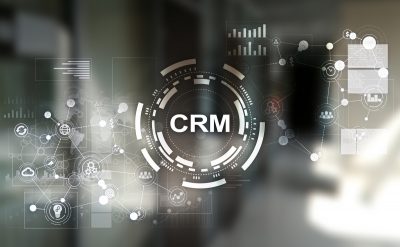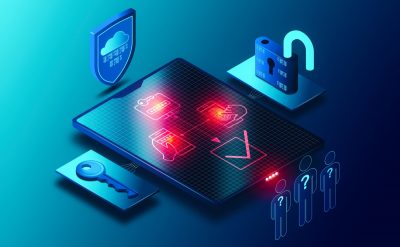Customer Relationship Management (CRM) has revolutionized the methods of managing sales. In 1980, the first digitization of the sales account information occurred, followed by a 360-degree change in 1990.
CRM is a thin line between business management relationships and customers. Depending on the company requirements, different versions have been designed, and various iterations have been made. Even though all these fundamentally deliver similar capabilities, they distinguish themselves from their competitors based on their usage and deployment. While these CRM systems were conceptualized, Google was yet to come into power; there were no existence of social media and the Internet of Thing (IoT), Big Data, or machine learning (ML). Users who use the CRM system and the profile of consumers fundamentally differ from what they were until a few years ago. Everything has come to the digitization, and digital transformation is now redefining business models across the industries. Assuming that old generation CRM systems still can be useful in the digital age is irrelevant.
With an increasing demand for powerful AI-driven technologies, the need for CRM systems as a solution for sales tool investment is decreasing. Additionally, organizations build up their infrastructure based on various tools such as price and quote (CPQ) solutions, sales engagement platforms, customer lifecycle management (CLM), configure, forecast, report, and data visualization. These factors are mainly responsible for diverting sales representative from CRM systems to perform their everyday tasks.
For example, if Amazon was designed the way today’s CRM is, the process of searching for a product to purchase will include the following tasks – write down what you’re going to shop for, shop for something else, write down a notice that you’ve been searching for something different, raise your chances of buying and change your expected purchase date, which is the exact opposite of the actual process at the Amazon.
This indicates how necessary it has become to modernize the traditional process of CRM. CRM helps to simplify steps and present the approaches in a sorted manner for customers as well as for sales representatives.
More than traditional CRM
Modern customer engagement solutions need to be ten times more advanced than traditional CRM. Managing customer calls, communication, and sales all are already essential components of CRM but acts as a small component of a broader, more complex customer story.
In any digitally equipped institution, systems that handle communication with customers need to be advanced, smarter, and sophisticated. These are imbibed after implementing various strategies –
- For a system to excel in CRM, it must first have a front office beyond conventional marketing, sales, and service “automation” functions to include real-time contextualization, web and mobile business, social customer service, and more.
- Second, it must be able to understand the link between the front office and back office in real-time that connects people, supply chain, inventory, pricing, and customers together to optimize business outcomes and customer experience. Moreover, sales engagement is all about delivering the sales promise, meaning involving the entire business in the process.
- Third, strong ‘contextual marketing’ is the key element. It is a broad term linked to several techniques, which means using information about the current context of a customer – e.g., where they are, what they do, what their interest is – to provide more relevant offers or information.
- Last and foremost, live customer insight for all interactions and contact points, with a single view. Modern solutions must predict and respond to the dynamics of living customers at the moment. They need to foresee changes in consumer sentiment leading to shifts in market trends – whether it is globally or for a single customer.
Take it or break it
For every field and organization, the customer is the king. And every customer wishes to engage with the companies the way they engage with technology – as in real-time and with immediate feedback.
The right side is that there are ways where companies can reach those needs, can understand their customers, know their demands, and predict their needs. And the wrong side is that some CRM partners are trying to ignore these needs.
Companies need to have holistic, end-to-end customer relations and business solution to survive in this new reality. It can be the only way to differentiate from the competition and to understand and adapt to the thinking and behavior of customers today.
For more such insightful content access our latest whitepapers on customer relationship management here.












